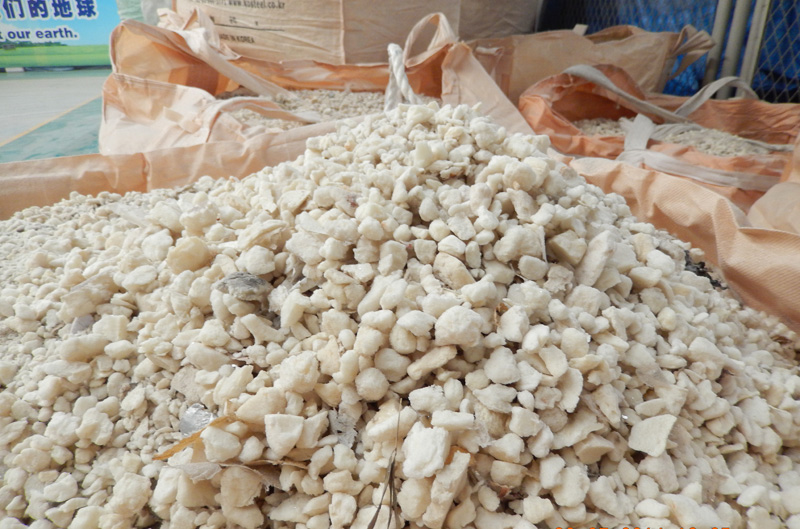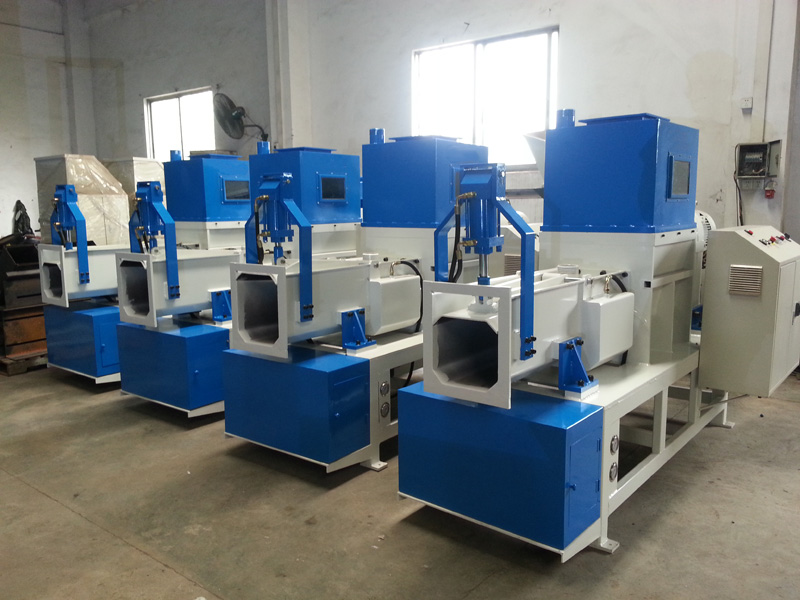
Like other plastics, many polyurethane products can be recycled in various ways to remove them from the waste stream and to recapture the value inherent in the material. Most consumers are familiar with recycling plastic bottles and containers at curbside. Polyurethane foam recycling, on the other hand, usually happens elsewhere—on job sites, in industrial settings, during building demolition—and takes many forms, from relatively simple reuse to breaking down the material into its chemical constituents.
Polyurethane is recycled in two primary ways: mechanical recycling, in which the material is reused in its polymer form, and chemical recycling that takes the material back to its various chemical constituents.
Mechanical Foam Recycling
- Rebonded Flexible Foam—Rebonded flexible foam or “rebond” is made with pieces of chopped flexible polyurethane foam and a binder to create carpet underlay, sports mats, cushioning and similar products. Rebond has been used for decades and represents nearly 90 percent of the carpet underlay market in the United States.
- Regrind or Powdering—Sometimes called powdering, regrind recycling takes polyurethane industrial trim or post-consumer parts and grinds them in various ways to produce a fine powder. The resultant powder is mixed with virgin materials to create new polyurethane foam or reaction injection molded (RIM) parts.
- Adhesive Pressing/Particle Bonding—These two recycling processes use polyurethane from various applications, such as automobile parts, refrigerators and industrial trim, to create boards and moldings, often with very high recycled content. Used polyurethane parts are granulated and blended either with a powerful binder or polyurethane systems, then formed into boards or moldings under heat and pressure. The resulting products, analogous to particleboard made from wood waste, are used in sound proofing applications, furniture that is virtually impervious to water and flooring where elasticity is needed.
- Compression Molding—This recycling process grinds reaction injection molded (RIM) and reinforced RIM parts into fine particles and then applies high pressure and heat in a mold, creating products with up to 100 percent recycled content and material properties that can be superior to virgin materials.

Chemical Recycling
- Glycolysis—This process combines mixed industrial and post-consumer polyurethanes with diols at high heat, causing a chemical reaction that creates new polyols, a raw material used to make polyurethanes. These polyols can retain the properties and functionality of the original polyols and can be used in myriad applications.
- Hydrolysis—This process creates a reaction between used polyurethanes and water, resulting in polyols and various intermediate chemicals. The polyols can be used as fuel and the intermediates as raw materials for polyurethane.
- Pyrolysis—This process breaks down polyurethanes under an oxygen free environment to create gas and oils.
- Hydrogenation—Similar to pyrolysis, hydrogenation creates gas and oil from used polyurethanes through a combination of heat and pressure and hydrogen.
